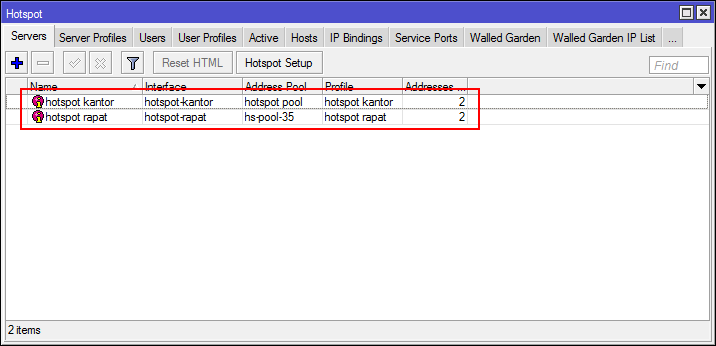What is difference between Synchronized and Concurrent Collections in Java?
Synchronized vs Concurrent Collections
Though both Synchronized and Concurrent Collection classes provide thread-safety, the differences between them comes in performance, scalability and how they achieve thread-safety. Synchronized collections like synchronized HashMap, Hashtable, HashSet, Vector, and synchronized ArrayList are much slower than their concurrent counterparts e.g. ConcurrentHashMap, CopyOnWriteArrayList, and CopyOnWriteHashSet. Main reason for this slowness is locking; synchronized collections locks the whole collection e.g. whole Map or List while concurrent collection never locks the whole Map or List. They achieve thread safety by using advanced and sophisticated techniques like lock stripping. For example, the ConcurrentHashMap divides the whole map into several segments and locks only the relevant segments, which allows multiple threads to access other segments of same ConcurrentHashMap without locking.
Read more �
Though both Synchronized and Concurrent Collection classes provide thread-safety, the differences between them comes in performance, scalability and how they achieve thread-safety. Synchronized collections like synchronized HashMap, Hashtable, HashSet, Vector, and synchronized ArrayList are much slower than their concurrent counterparts e.g. ConcurrentHashMap, CopyOnWriteArrayList, and CopyOnWriteHashSet. Main reason for this slowness is locking; synchronized collections locks the whole collection e.g. whole Map or List while concurrent collection never locks the whole Map or List. They achieve thread safety by using advanced and sophisticated techniques like lock stripping. For example, the ConcurrentHashMap divides the whole map into several segments and locks only the relevant segments, which allows multiple threads to access other segments of same ConcurrentHashMap without locking.


Comments
Post a Comment
-Berkomentarlah yang baik dan rapi.
-Menggunakan link aktif akan dihapus.